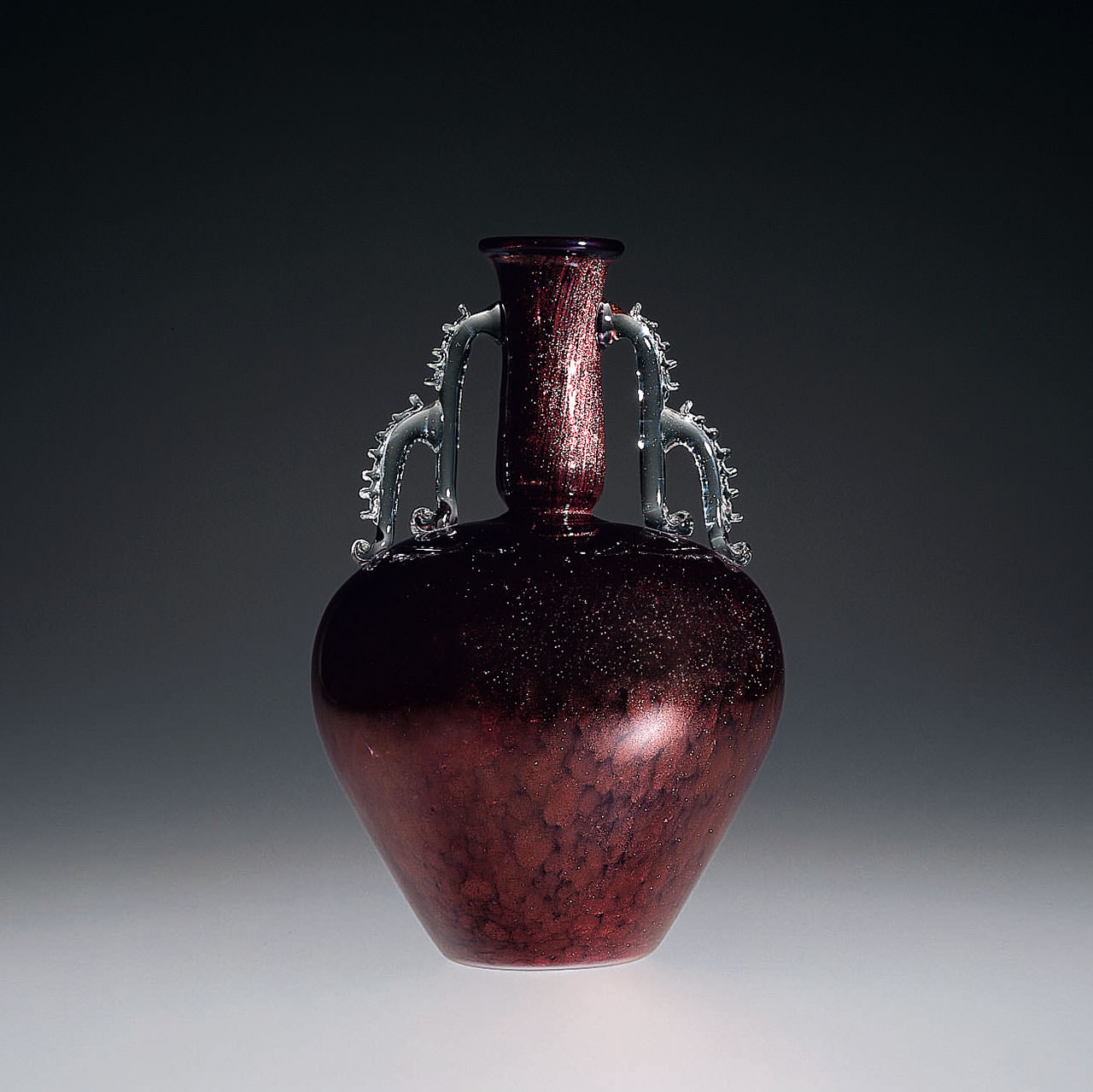
Avventurina
Glass with a distinctive bright metallic look created by adding small particles of copper to the molten glass. The word avventurina originated to describe the difficulty of its production, considered to be a ventura, an adventure in Venetian dialect. It is produced by gradually adding to the cristallo glass mixture the required quantities of reducing substances. After a very slow cooling process the reduced glass mixture will produce small copper crystals. The copper crystals, when separated from the melted mixture, will give the glass an unusual copper finish.
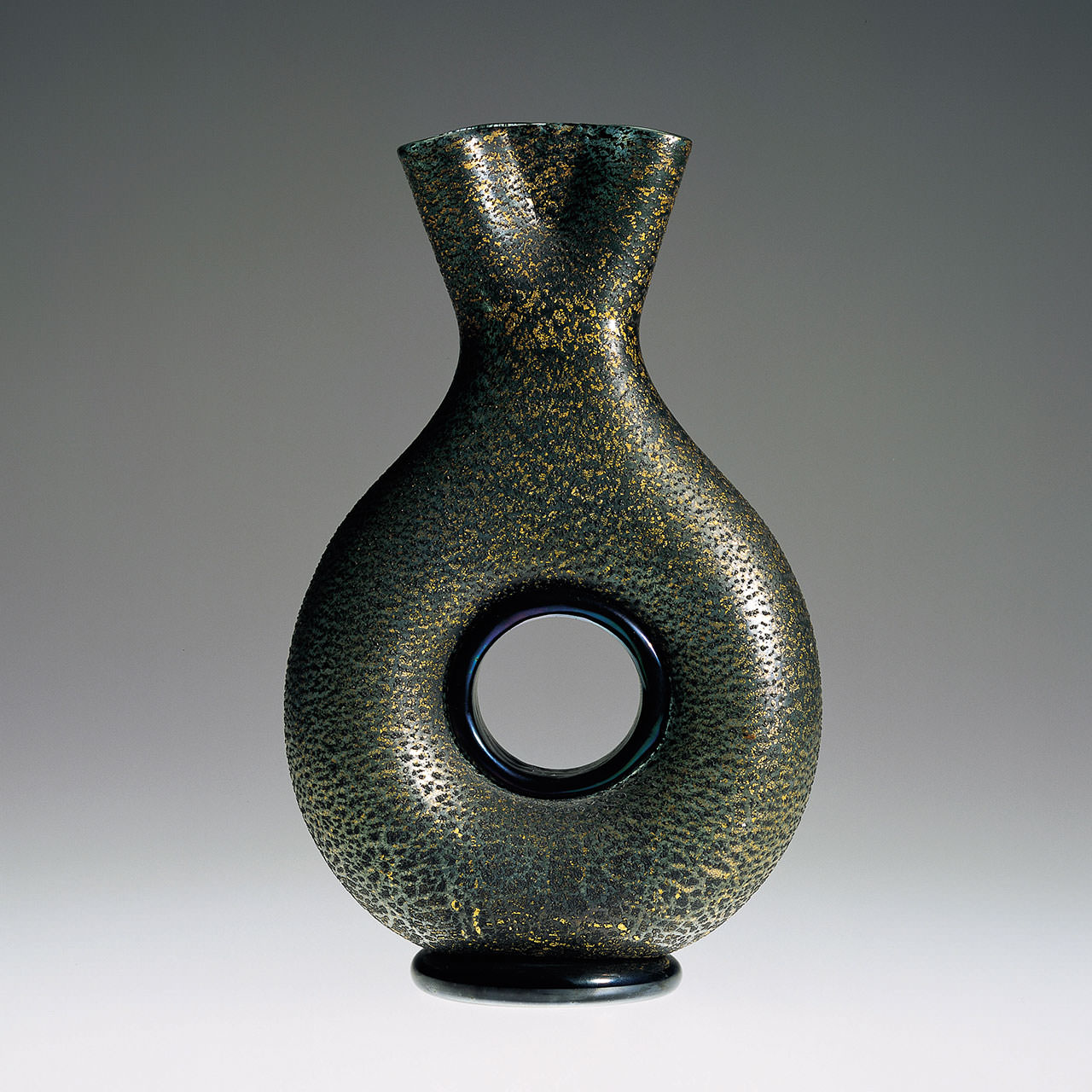
Colorazione a caldo senza fusione
Obtained from a basic mixture similar to the cristallo glass, it owes its distinctive irregular coloring to the addition into the molten glass of substances that do not melt or do not have time to melt. This technique is credited to the research conducted by Ercole Barovier, who used it frequently.
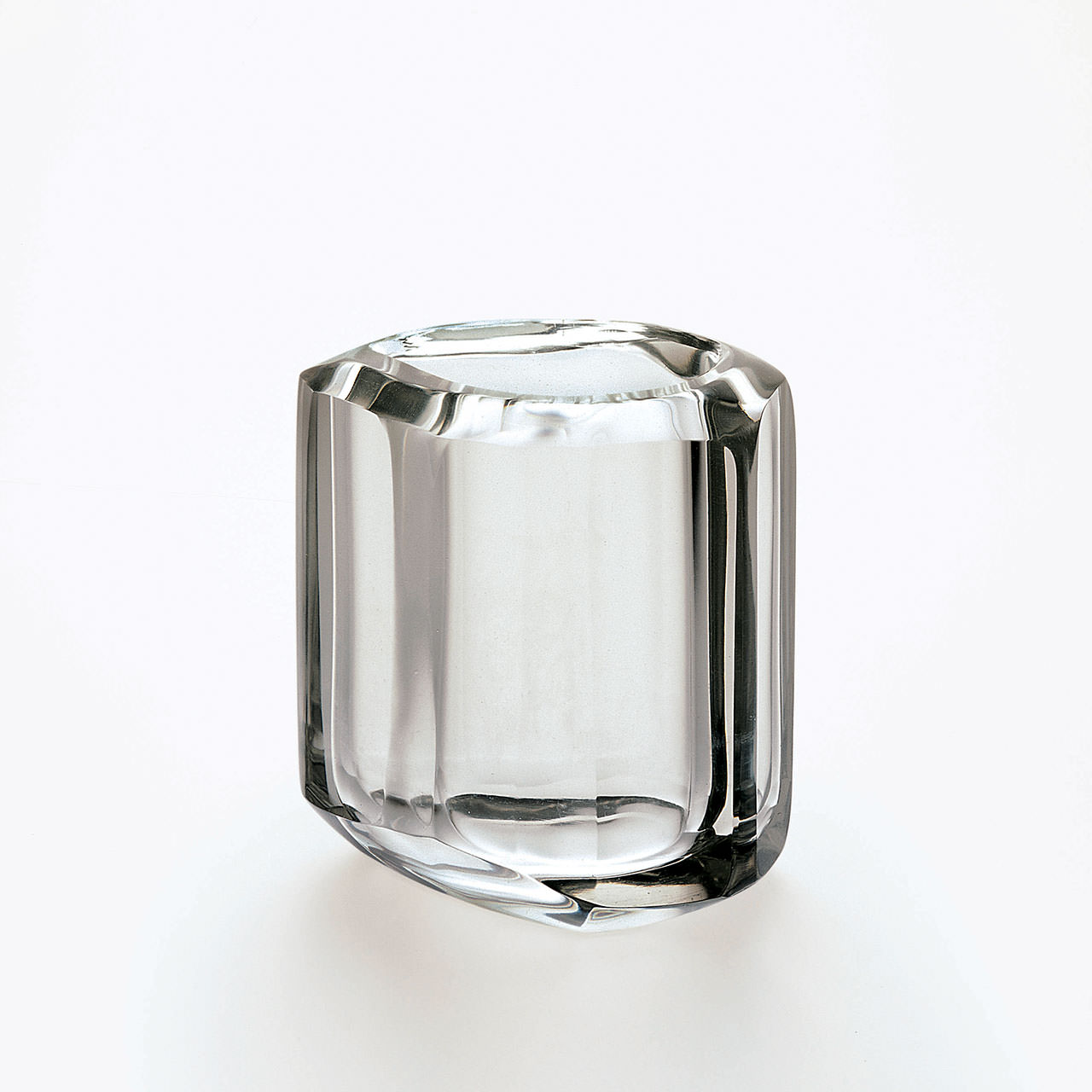
Cristallo
In artistic glasswork this is the name for clear glass whose quality depends mainly on the purity of the raw materials used to make it. Cristallo must contain the least possible quantity of coloring oxides. To remove the oxides, decoloring substances can be used during the melting process to neutralize their effect. Murano cristallo is distinguished from lead crystal and Bohemian crystal by a longer cooling time, which allows more working time for the molten glass. This is caused by the significant presence of soda and calcium oxides in the molten glass mixture.
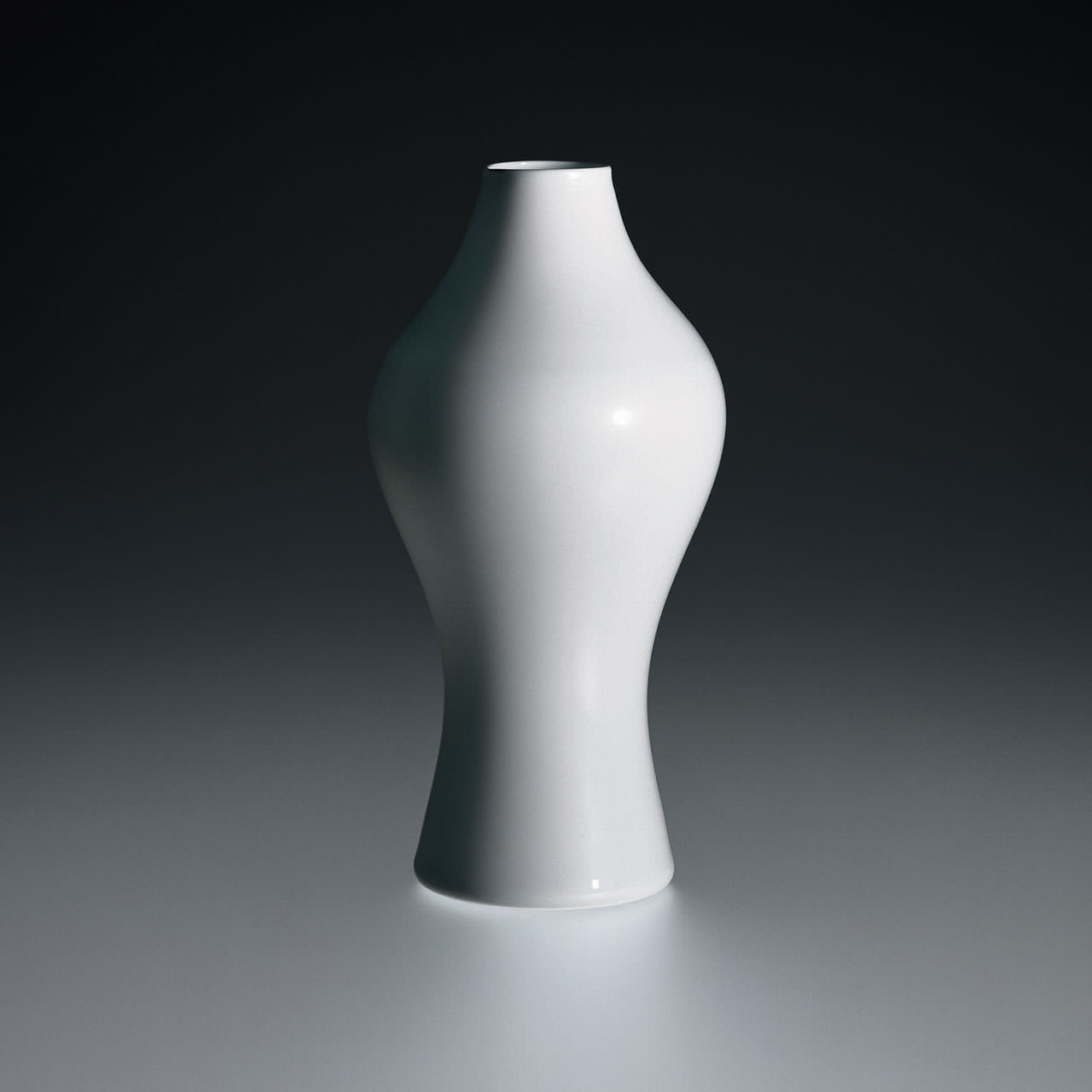
Lattimo
White glass made to resemble porcelain. The unique opaqueness and milk-white color is created by adding significant quantities of small crystals of calcium and soda fluorides to the molten glass. The degree of refraction is different from basic molten glass. This is due to the crystallization that occurs when the zinc oxide and the fluoride-based compounds separate during the cooling phase.
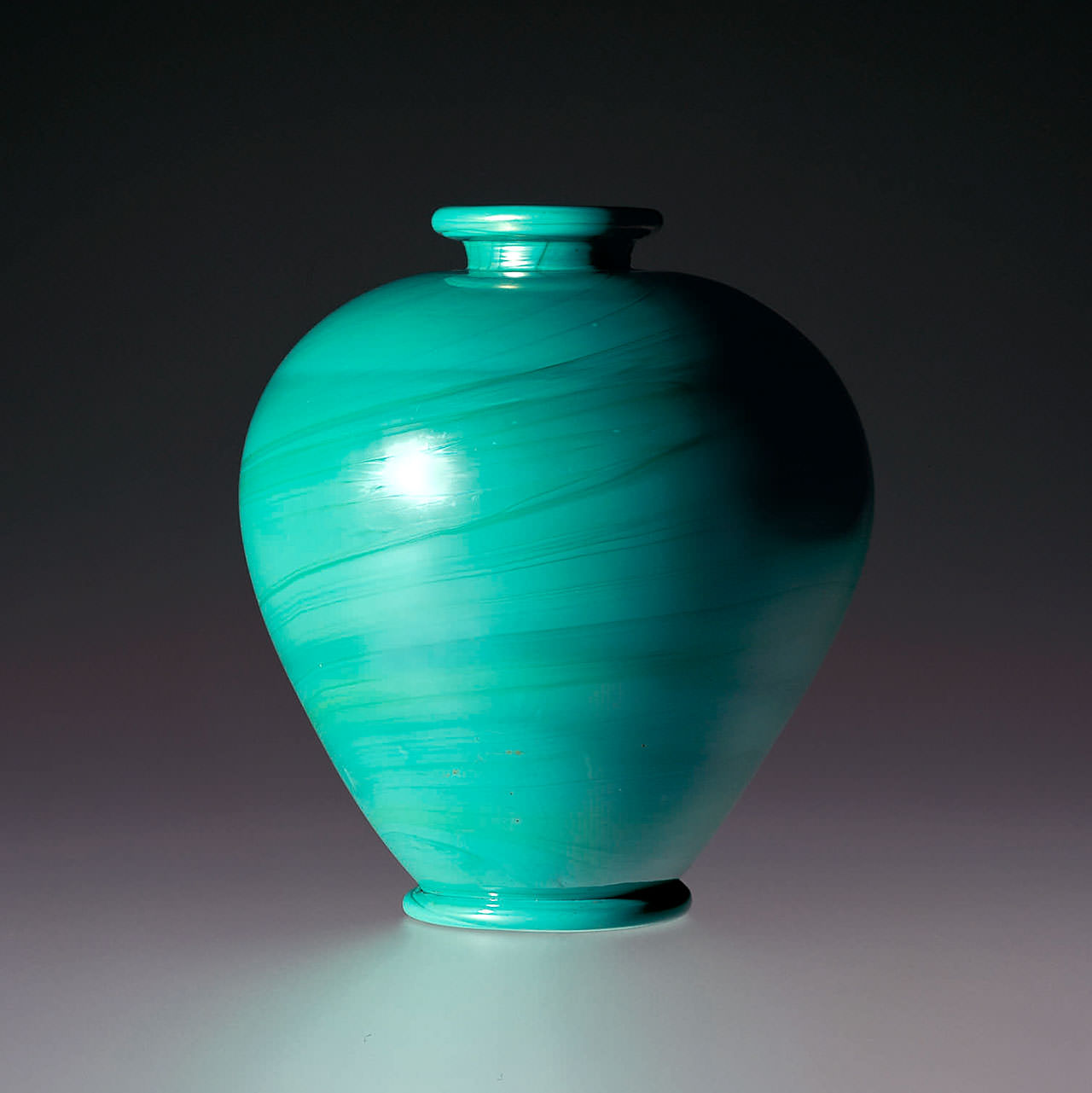
Pasta vitrea
Opaque colored glass whose consistency is made to appear like ceramic, pasta vitrea is obtained by adding considerable quantities of white opalescent, clear, or colored crystals to the molten glass. It is difficult to control because the long cooling time of the pasta vitrea can sometimes change the final appearance of the object. This is why pasta vitrea is more often used for trimmings or applied decorations than for a whole vessel.
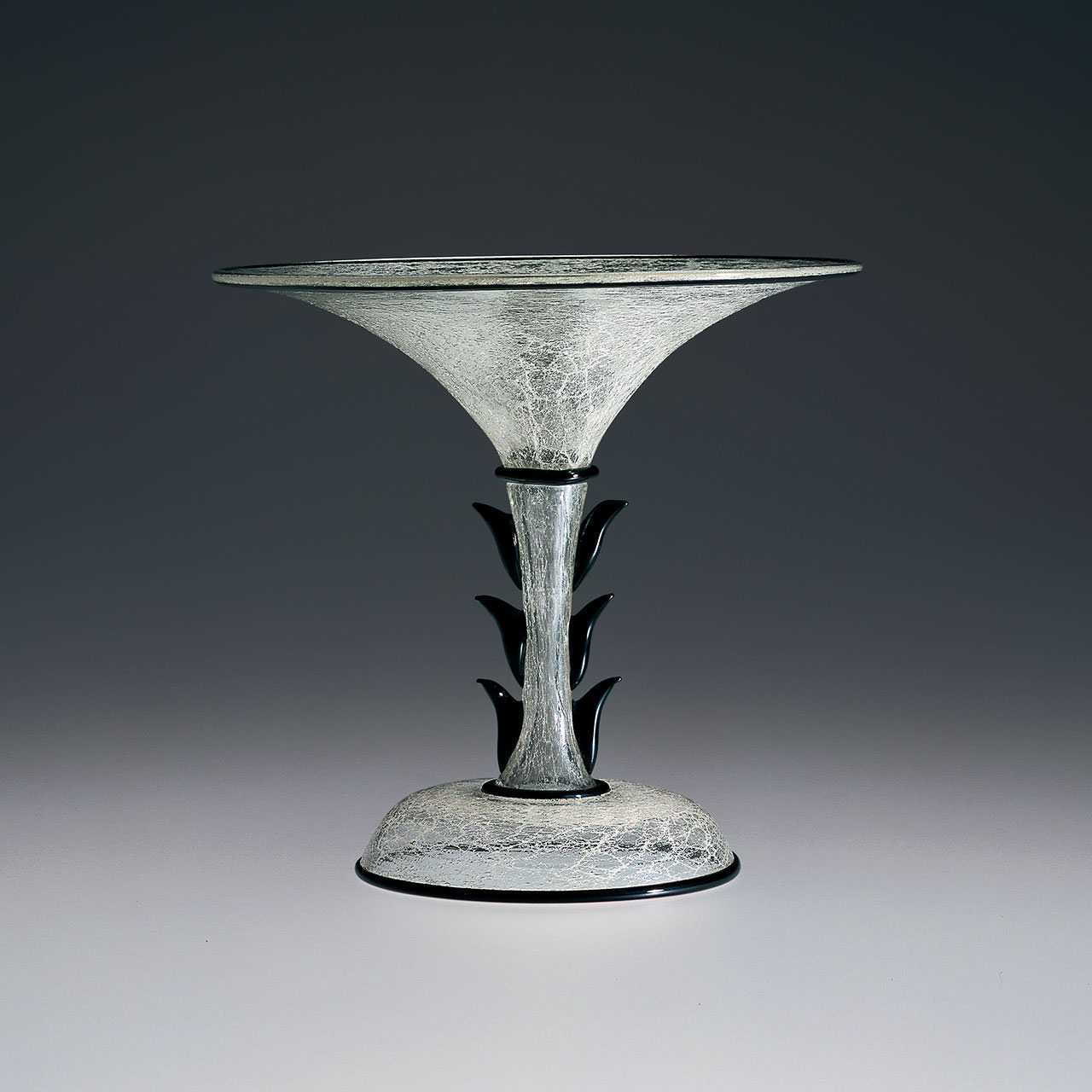
Primavera
The Primavera series, designed by Ercole Barovier and made by the Vetreria Artistica Barovier & C. in the early 1930s, is distinguished by a milky white craquelé glass with the addition of black or blue pasta vitrea trim and decoration. There was a very limited production of this series due to the fact that it was a result of a glass mixture obtained accidentally so it could never be replicated.
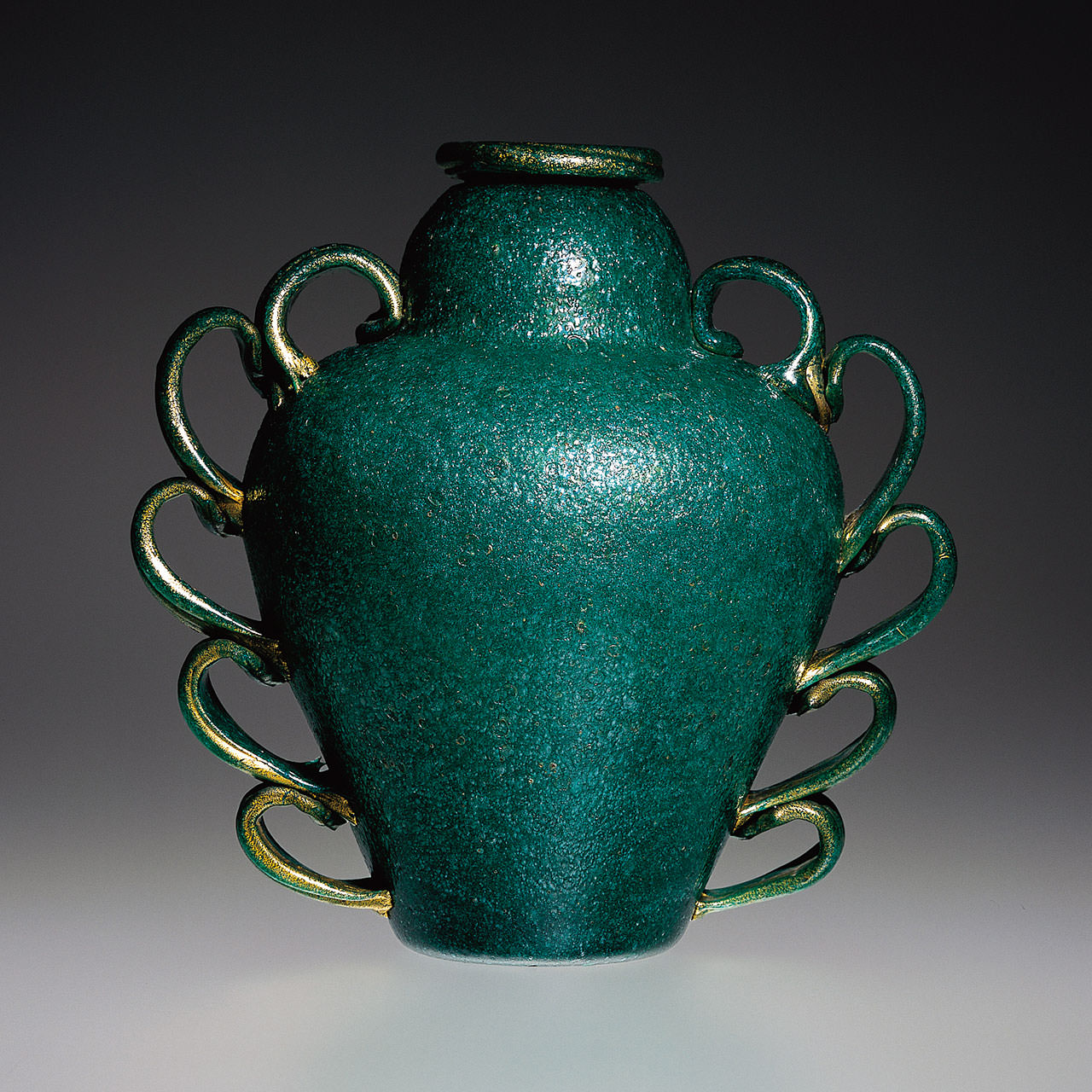
Pulegoso
Translucent glass that is identified by a countless number of burst and unburst bubbles–puleghe in the dialect of Murano–contained in the glass. These bubbles are created by adding substances such as petroleum to the molten glass. The bubbles are then released during the heating process.
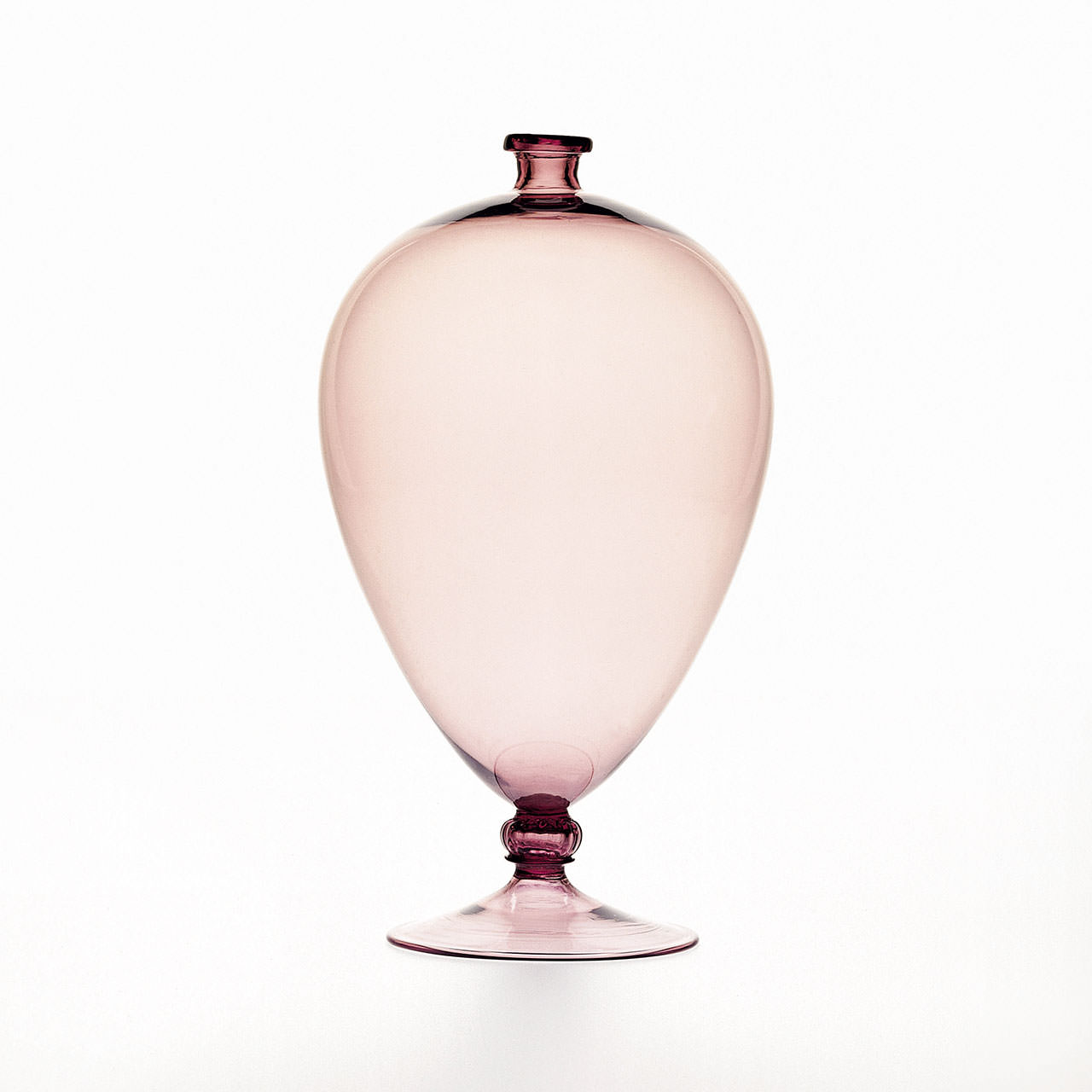
Soffiati
Blown glass pieces characterized by delicate colors and pure lines.
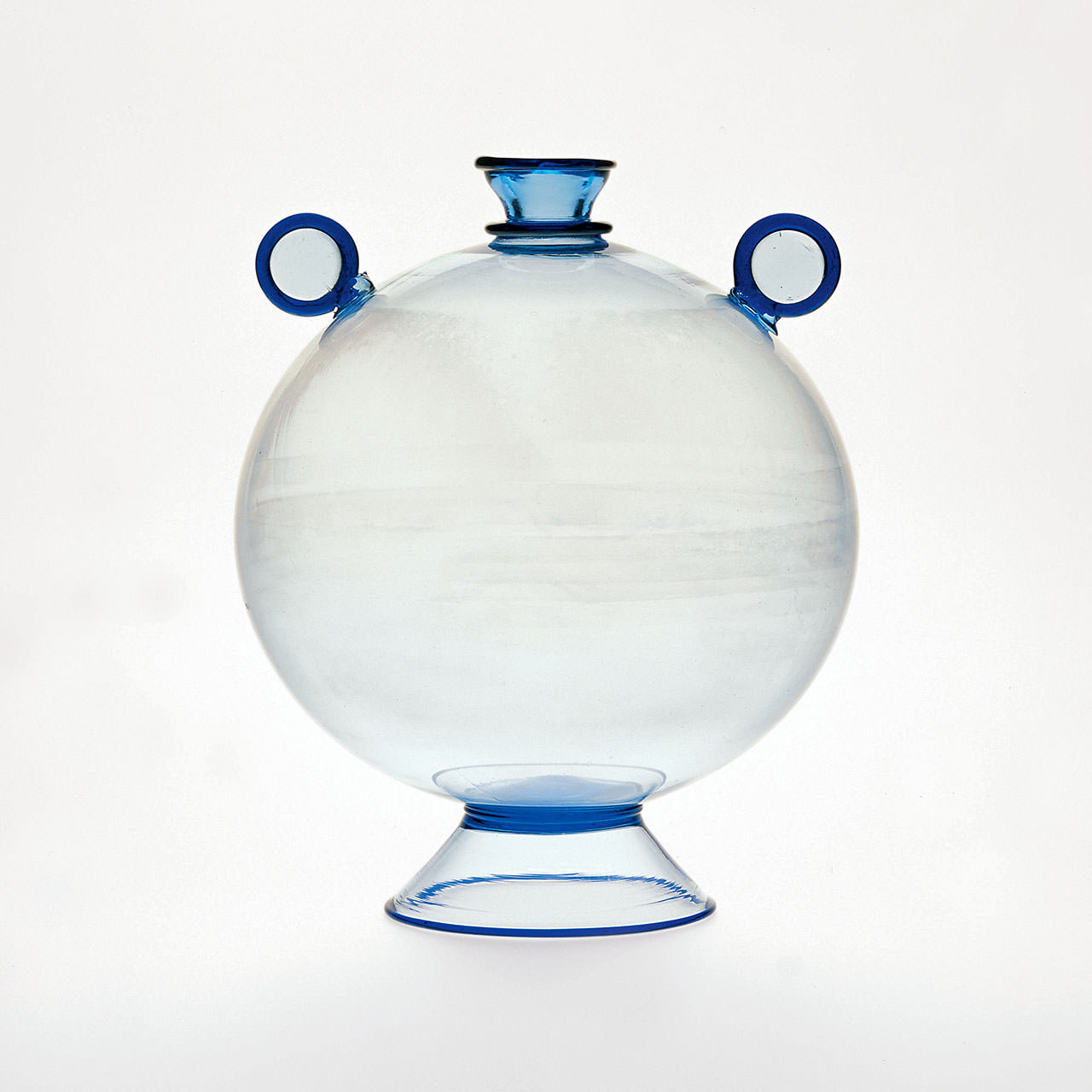
Trasparente colorato
Composed of a basic mixture similar to cristallo glass. Based on various known chemical formulas, the color is achieved by adding metallic oxides to the molten glass. The color will depend on the type of reactions the metallic oxides produce.